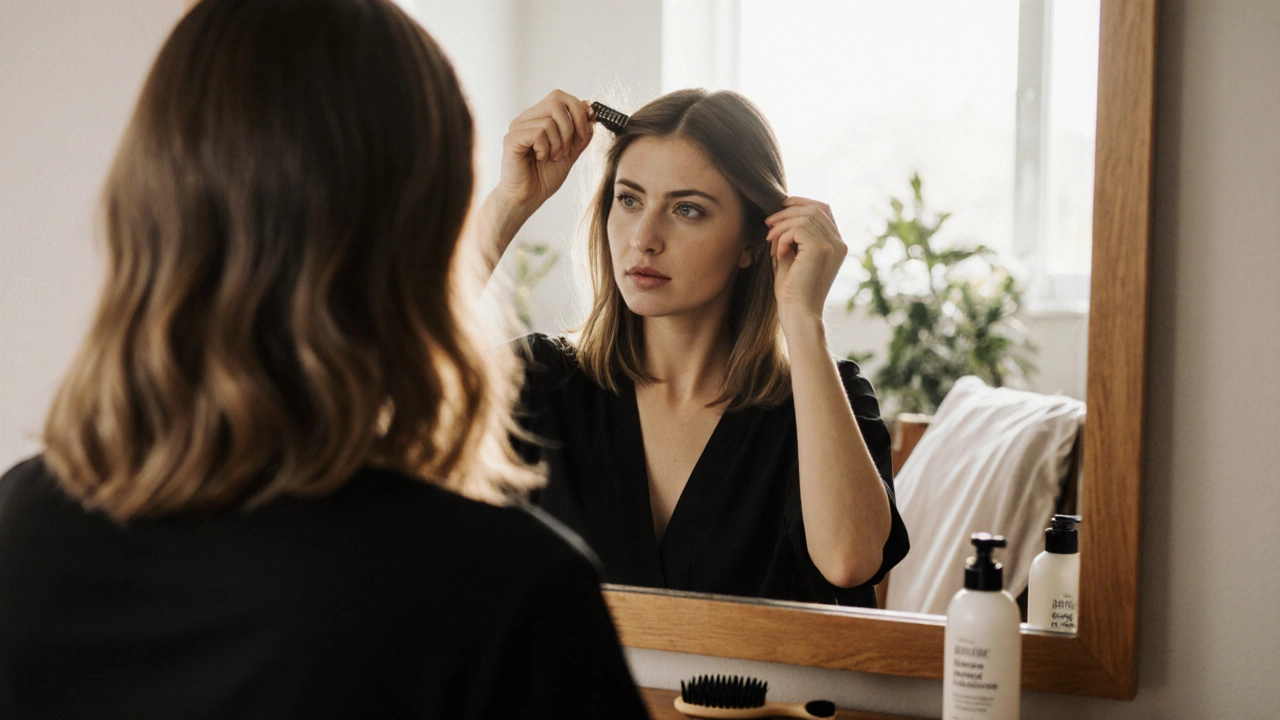Least Damaging Hair Extensions: Safe Options and What to Avoid
When you're searching for the least damaging hair extensions, you're not just looking for length or volume—you want results that don’t cost you your natural hair. Hair extensions can be a game-changer, but too many people end up with thinning edges, breakage, or scalp irritation because they picked the wrong type or didn’t care for them right. The key isn’t just which brand to buy—it’s understanding how different methods interact with your hair’s structure. hair extensions, a cosmetic solution to add length, volume, or color to natural hair. Also known as hair additions, they come in many forms, each with different levels of stress on your scalp and strands.
Not all extensions are created equal. clip-in extensions, temporary pieces that clip into your hair without glue or heat. Also known as clip-ons, they’re the safest choice for beginners and anyone wanting to avoid long-term damage. They’re easy to remove, don’t require salon visits for installation, and let your hair breathe. Then there’s tape-in extensions, thin wefts bonded with adhesive tape that lay flat against your scalp. Also known as tape extensions, they’re less damaging than sew-ins but still require careful removal to avoid pulling out your natural hair. micro-link extensions, tiny metal beads that hold small sections of hair without heat or glue. Also known as bead extensions, they’re a middle-ground option—lighter than sew-ins but need professional upkeep. Avoid methods like glue-ins and fusion extensions if your hair is fine or already fragile. Those rely on heat or strong adhesives that can weaken your strands over time, especially if left in too long or removed improperly.
It’s not just about the type—it’s about how you use them. Even the gentlest extensions can cause damage if you sleep in them, wash them too roughly, or skip regular brushing. Always start with healthy hair. If your scalp is irritated or your ends are split, fix that first. Use sulfate-free shampoo, avoid high heat styling tools on the extensions, and never pull them out by the roots. A good rule? If you feel tugging or pain when you move your head, it’s too tight. Your hair shouldn’t feel like it’s being held hostage.
People often think more volume means more damage—but that’s not true. High-quality, lightweight extensions made from real human hair, applied correctly, can last months without harm. The real issue? Poor installation and lack of aftercare. You don’t need to spend thousands to get safe results. Focus on the method, the installer’s experience, and how you treat your hair afterward.
Below, you’ll find real advice from people who’ve tried every kind of extension and lived to tell the tale. From the ones that saved their hair to the ones that nearly ruined it, these posts give you the unfiltered truth. Whether you’re new to extensions or have been using them for years, there’s something here that’ll help you make smarter choices—without losing the look you love.

What Is the Least Damaging Hair Extension Type? Top Safe Options for Healthy Hair
Discover the least damaging hair extension types that protect your natural hair. Learn why clip-ins and tape-ins are safest, what to avoid, and how to care for extensions without breakage.
© 2025. All rights reserved.